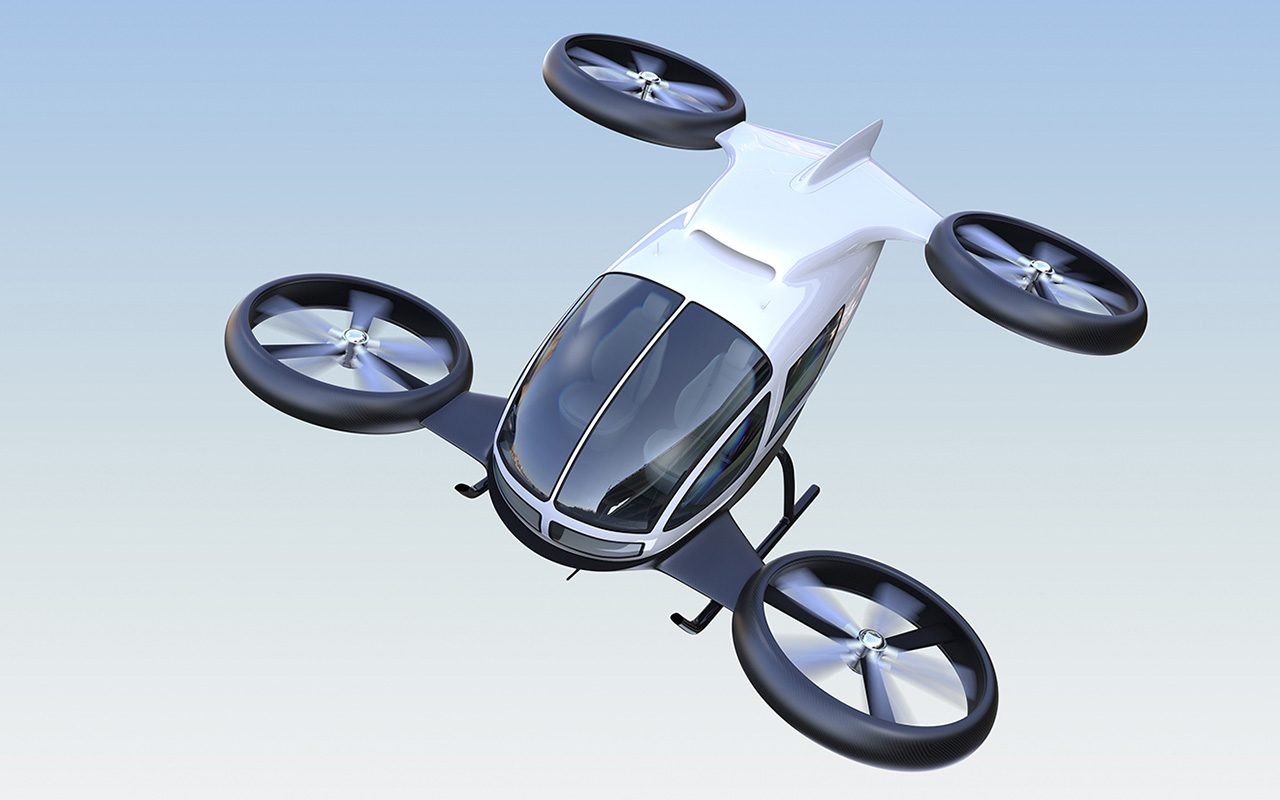EBACE2024 Experts: Safety Will Be Key for Self-Flying Passenger Aircraft
30 May 2024

In the next few decades, several developers of electric passenger aircraft in the advanced air mobility (AAM) sector plan to eventually conduct automated commercial flights without human pilots.
In fact, the civil aviation community is already thinking about how to integrate autonomous passenger platforms safely into the global airspace – a challenging goal, to say the least. This was the topic of an expert panel discussion at the 2024 European Business Aviation Convention & Exhibition (EBACE2024) in Geneva, Switzerland.
Of course, automated flight is nothing new. Rudimentary automation has been used on aircraft flight decks going back to the first autopilot system back in the early 20th century. Now, modern computers and artificial intelligence (AI) have the potential to supercharge automated flight in ways that would have been unimaginable in the era of the Wright brothers.
During their wide-ranging discussion at EBACE2024, panelists representing aviation safety, an AI developer and an electric airplane startup discussed what it will take for engineers, regulators and developers to make the leap to automated passenger flights, while maintaining the highest standards of safety.
Ivor van Dartel, co-founder and CEO at Germany-based Vaeridion, suggested future automated flight might begin with developing computer-assisted automation to help pilots of electric aircraft manage internal electrical systems. Vaeridion is developing the Microliner, a nine-seat battery-powered regional airplane, which is expected to enter service by 2030.
“In a conventional aircraft, if you discover a fuel leak somewhere, you would likely have time to react and switch off a fuel valve,” van Dartel said. “In the case of our [electric] airplane, losing your fuel supply happens lightning fast. So, a lot of the protections need to be automated because a human can never react as fast as required. These systems monitor the voltages and then react with lightning speed to switch off the right module or flip the right switch so you don’t get a short circuit or a fire or some other dangerous situation that might make things worse.”
Van Dartel believes an effective starting point for the next step in flight deck automation could be a highly automated system to assist pilots with operating the aircraft. “We can use autonomy or automation to enhance the effectiveness of the human pilot – hand in hand, with a human in the loop. From my point of view, that’s the best way to go,” he said. “Because you can benefit from both worlds: the automation will take care of all the predictive elements, and the human can take care of [unexpected] things that happen that were not pre-programmed because you didn’t encounter it.”
Development Timeline
The panelists agreed that the leap from an automated pilot assistant to technology that fully replaces pilots will require a long timeline.
“The timeline is based on trust and confidence,” said Colin Russell, safety director at Flexjet Europe. “If confidence grows rapidly in the learning and the confidence that the crews have in the system that you’re fitting to your aircraft, they’ll be prepared for the next step. If there are a few events where the systems haven’t performed, and therefore the confidence and trust are lower, then the timeline will be longer.”
Shifting the Mindset
Also, developers of automated passenger aircraft might do well to help each other, instead of withholding key learnings for proprietary reasons. “Unfortunately, when you look at the history of learning in aviation, it tended to be from the bad events,” said Russell. “So, we’ve got to shift the mindset of how we learn. We’ve got to collaborate when it comes to the safety element of autonomy. Wherever you want to focus that, you’ve got to collaborate together and share the learning before it goes wrong for somebody else. Because the moment you said, ‘Oh, we learned about that, sorry, we didn’t tell you’ – is the moment that we as an industry are going to struggle.”
Russell pointed out that the AAM sector may eventually contribute to significantly increased air traffic. “One of the key areas we’re going to need to look at is autonomy and air traffic control and air traffic management,” he said. “It’s actually the whole ecosystem that we’re looking at – with levels of automation and autonomy that we need to be cognizant of.”
Complex Collaboration
Kalin Stoyanov is head of business development at Daedalean, a Switzerland-based company that’s developing AI-assisted automated aircraft systems. He envisions automated passenger flight as a complex collaboration with other automated aircraft flying nearby.
“One of the things we’re considering in the autonomy world is actually allowing these vehicles to talk to each other,” Stoyanov said. “You can find yourself in situations where the more traffic you’ve got, the safer the system is, because there is more information [about the airspace] available to every [aircraft] in the system. I’m really looking forward to seeing how this will materialize.”


